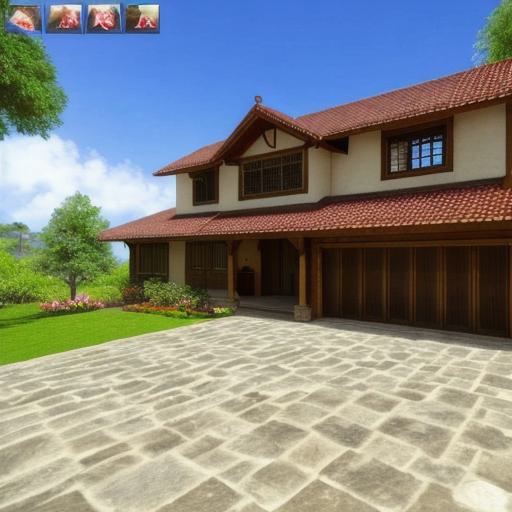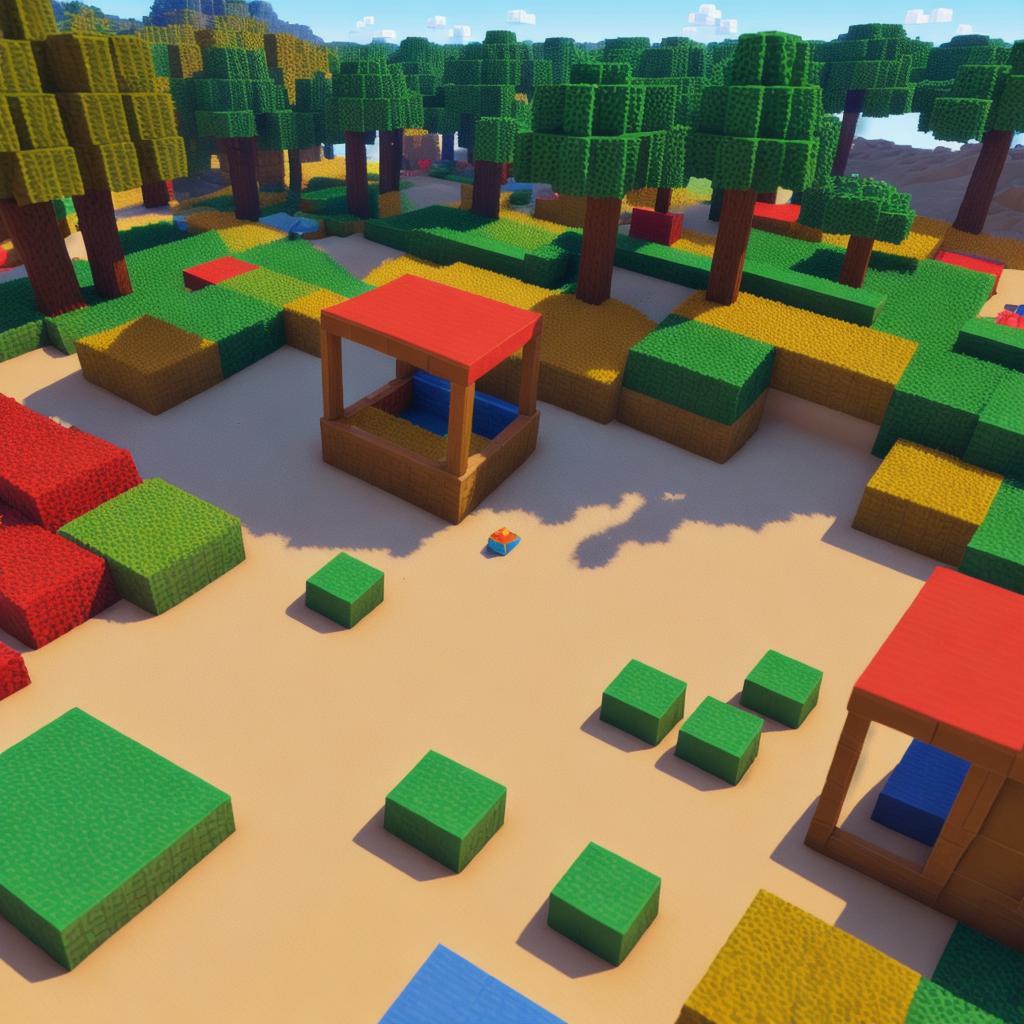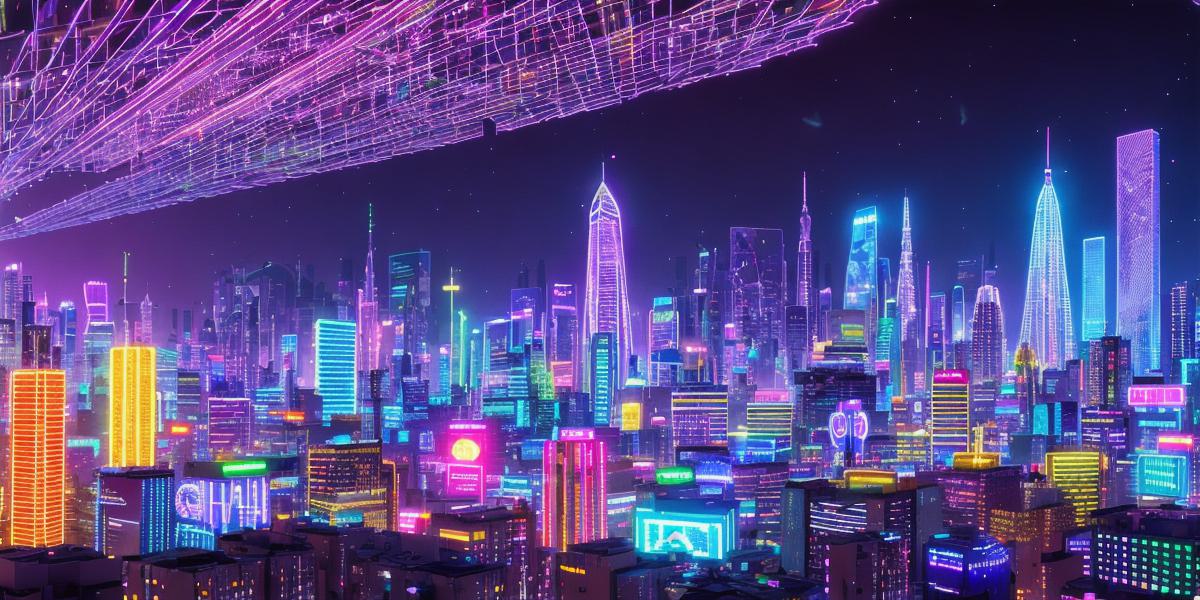Introduction
In the digital age we live in today, it’s no surprise that the concept of metaverses is gaining traction. Metaverses are virtual worlds where users can interact with one another in a three-dimensional environment, often through avatars. But how many metaverses exist today, and how do they differ from each other?
The Current Landscape of Metaverses

As of now, there are several prominent metaverses that have garnered significant attention and user bases.
Some of the most notable ones include:
- Facebook Horizon (formerly known as Facebook VR): Developed by Facebook, this social virtual reality platform allows users to interact with each other in a shared virtual space. It’s designed for social experiences and offers various activities, from creating art to playing games.
- Decentraland: This decentralized metaverse runs on the Ethereum blockchain and is governed by its users through smart contracts. Decentraland allows creators to monetize their virtual real estate, games, and applications.
- The Sandbox: Another blockchain-based platform, The Sandbox offers a voxel art style and enables users to build, own, and monetize their gaming experiences on the platform.
- Roblox: Primarily focused on gaming, Roblox allows users to create and share their own games with others in its vast metaverse. It’s popular among children and teenagers due to its wide variety of user-generated content.
-
Second Life: An early pioneer in the metaverse space, Second Life offers a fully immersive virtual world where users can socialize, create, and even conduct business transactions.
Differences Between Metaverses
While all metaverses share the common goal of offering virtual worlds for users to interact in, they differ significantly in their focus, design, and underlying technologies.
For instance:
- Target Audience: Some metaverses, like Roblox, primarily cater to a younger demographic with a focus on gaming. Others, such as Decentraland and The Sandbox, are aimed at more mature audiences and emphasize ownership and creativity.

- Design and Interface: Each metaverse has its unique design language and interface. Facebook Horizon, for example, offers a more streamlined social VR experience, while Decentraland’s decentralized nature allows for greater freedom and customization.
-
Underlying Technologies: Some metaverses, like Decentraland and The Sandbox, are built on blockchain technology, which enables true ownership and the potential for monetization. Others, such as Facebook Horizon, rely on centralized infrastructure from companies like Facebook.
Summary
The current number of existing metaverses is growing as technology advances and our collective imagination expands. Each metaverse offers unique experiences and opportunities for interaction, creativity, and even commerce. Whether you’re looking to socialize, game, or build a virtual empire, there’s a metaverse out there that’s right for you.
